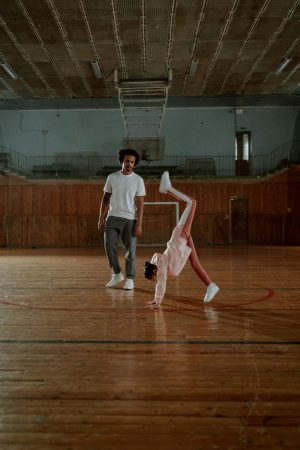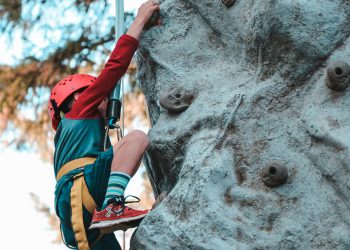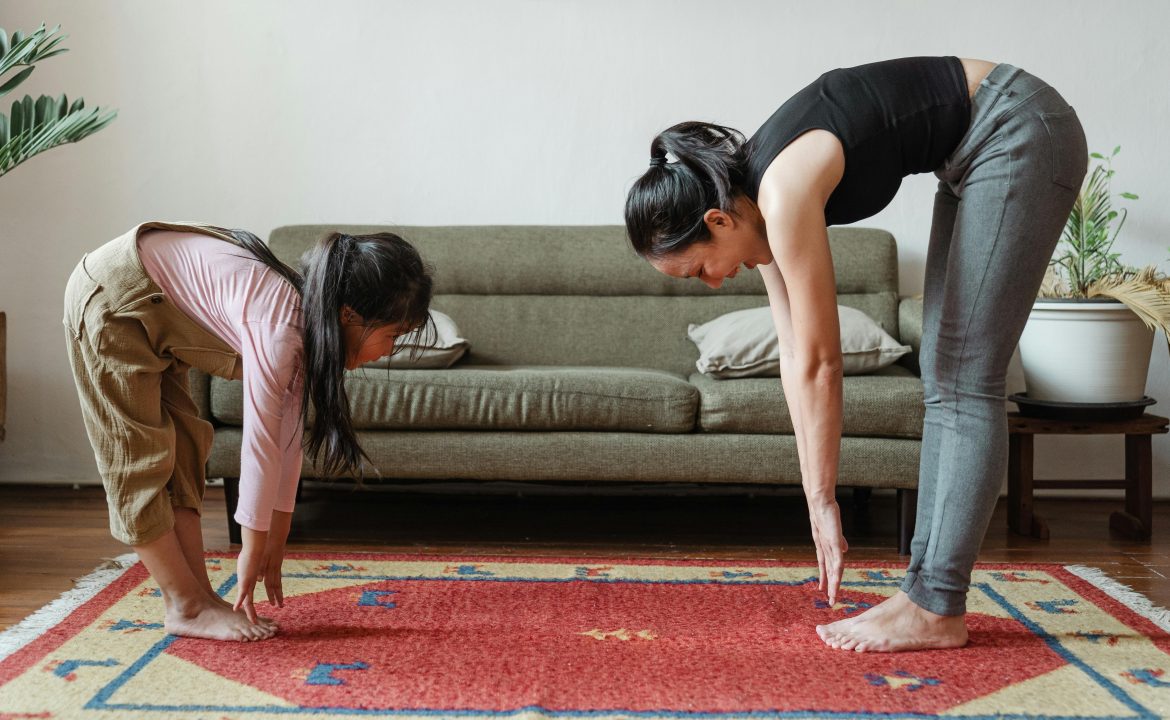Getting kids to put down their screens and get moving can feel like an impossible task, but with the right approach, fitness can become something they genuinely look forward to. From turning exercise into a game to leading by example, here’s how you can get your kids into fitness while keeping them engaged!
ALSO SEE: 8 Ways to support muscle mass as you age
Why fitness matters for kids

Pexels
We all know that exercise is good for us, but when it comes to children, physical activity plays a crucial role in their development. According to the World Health Organisation (WHO), kids aged 5 to 17 should get at least 60 minutes of moderate to vigorous exercise daily. Why? Regular movement improves cardiovascular health, strengthens muscles and bones, enhances coordination, and even boosts mood and brain function. Studies show that active kids perform better in school and have lower stress levels. Plus, developing a love for fitness early on sets the foundation for a healthy lifestyle later in life.
But here’s the tricky part—how do you get them excited about exercise?
Get your kids into fitness

Pexels
Make movement feel like play
Most kids won’t respond well to structured workouts or long lectures about the benefits of exercise. Instead, turn fitness into playtime. Activities like:
- Obstacle courses – Set up a mini course in your garden or living room using pillows, chairs, and ropes.
- Treasure hunts – Incorporate running, jumping, and climbing into the adventure.
- Dance parties – Blast their favourite songs and let them jump around.
- Sports day at home – Organise sack races, hula hoop challenges, or a game of tag.
When movement feels like fun rather than a chore, kids will naturally engage with it more.
Lead by example
Children learn by watching. If they see you prioritising fitness and enjoying it, they’re more likely to follow suit. Make family workouts a thing—go on bike rides, take walks after dinner, or try weekend hikes. Let them see that fitness isn’t just something you have to do but something you want to do.
Incorporate fitness into daily routines
You don’t need to set aside a full hour for a workout—small bursts of movement throughout the day make a big difference. Try:
- Walking or cycling to school instead of driving
- Doing a few minutes of stretching or yoga in the morning
- Turning chores into physical challenges (who can pick up toys the fastest?)
- Taking movement breaks during screen time
Find an activity they love

Pexels
Not every child is into traditional sports—and that’s okay! The key is to find an activity they genuinely enjoy. Some kids thrive in team sports like football or netball, while others prefer individual activities like swimming, martial arts, gymnastics, or even rock climbing. Experiment with different options until you find something that clicks.
Use technology to your advantage
Instead of battling against screens, use them wisely. Fitness apps and video games that promote movement (think Just Dance or Ring Fit Adventure) can be a great way to get kids moving. There are also interactive YouTube workouts designed specifically for children.
Encourage outdoor adventures
South Africa is full of stunning parks, beaches, and hiking trails—perfect for getting kids moving in nature. Plan weekend outings that involve walking, climbing, or swimming. Outdoor play not only keeps them active but also boosts their mental well-being.

Pexels
Make fitness rewarding (without bribing!)
Instead of using treats as motivation, create a reward system based on experiences. For example:
- A fun day out after a month of consistent movement
- A new skipping rope, football, or dance outfit
- A homemade certificate celebrating their achievements
This encourages a long-term love of fitness rather than just short-term compliance.
Best fitness activities for different age groups
Toddlers (1–3 years)
- Running, jumping, and climbing
- Dancing to music
- Playing with balls
Young kids (4–7 years)
- Biking and scootering
- Swimming lessons
- Gymnastics
Older kids (8–12 years)
- Team sports (football, rugby, netball)
- Martial arts (karate, judo, taekwondo)
- Rock climbing
- Skateboarding
Getting your kids into fitness isn’t about forcing them to run laps or hit the gym. It’s about making movement a natural, enjoyable part of their daily life. By focusing on fun, leading by example, and offering variety, you can help them develop a positive relationship with exercise that lasts a lifetime.
ALSO SEE:
Featured Image: Pexels

